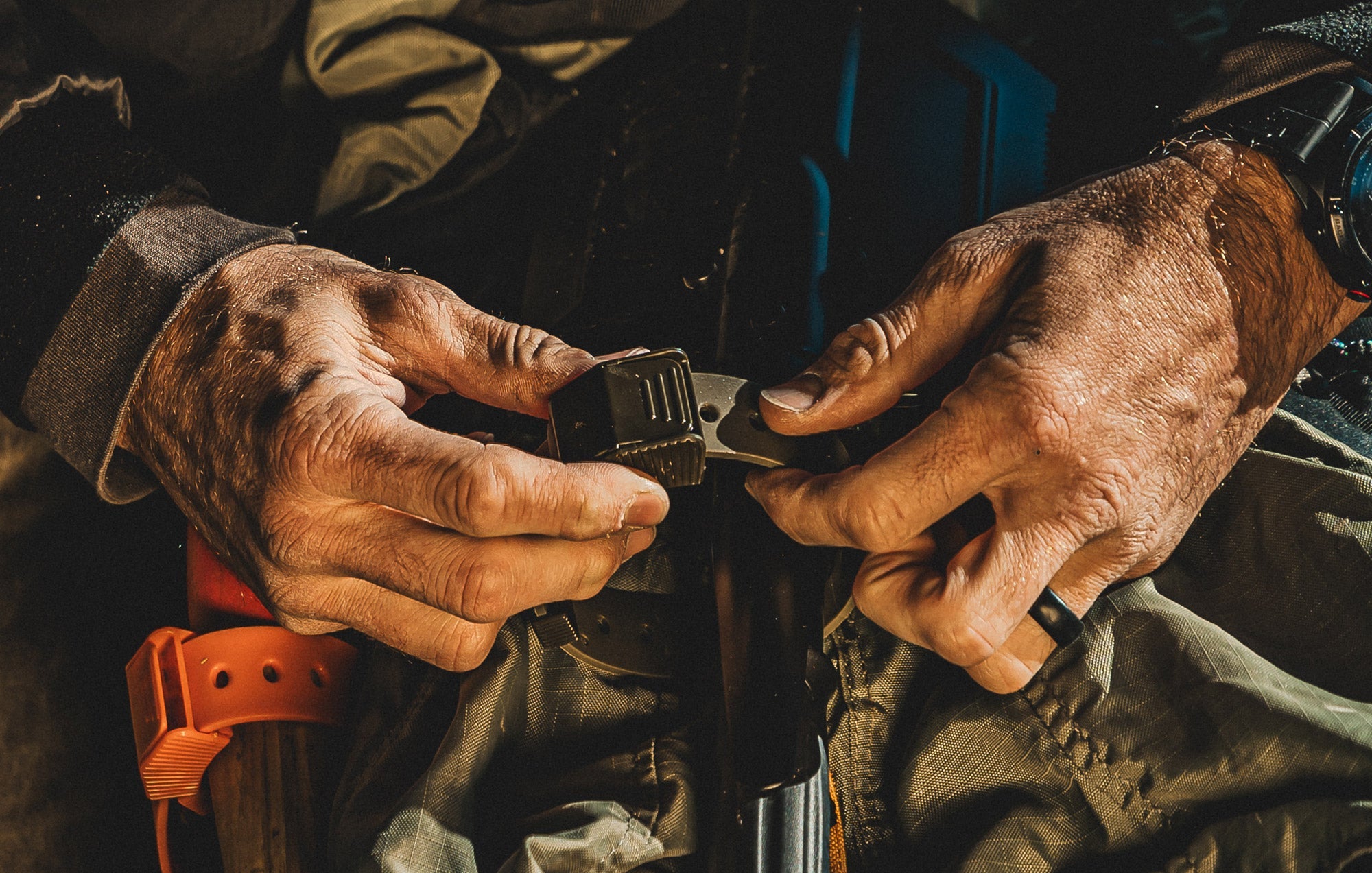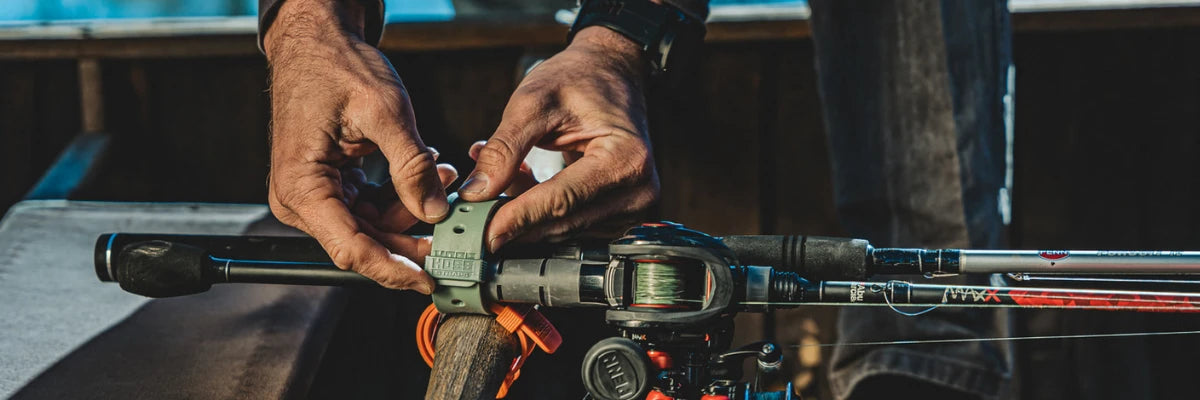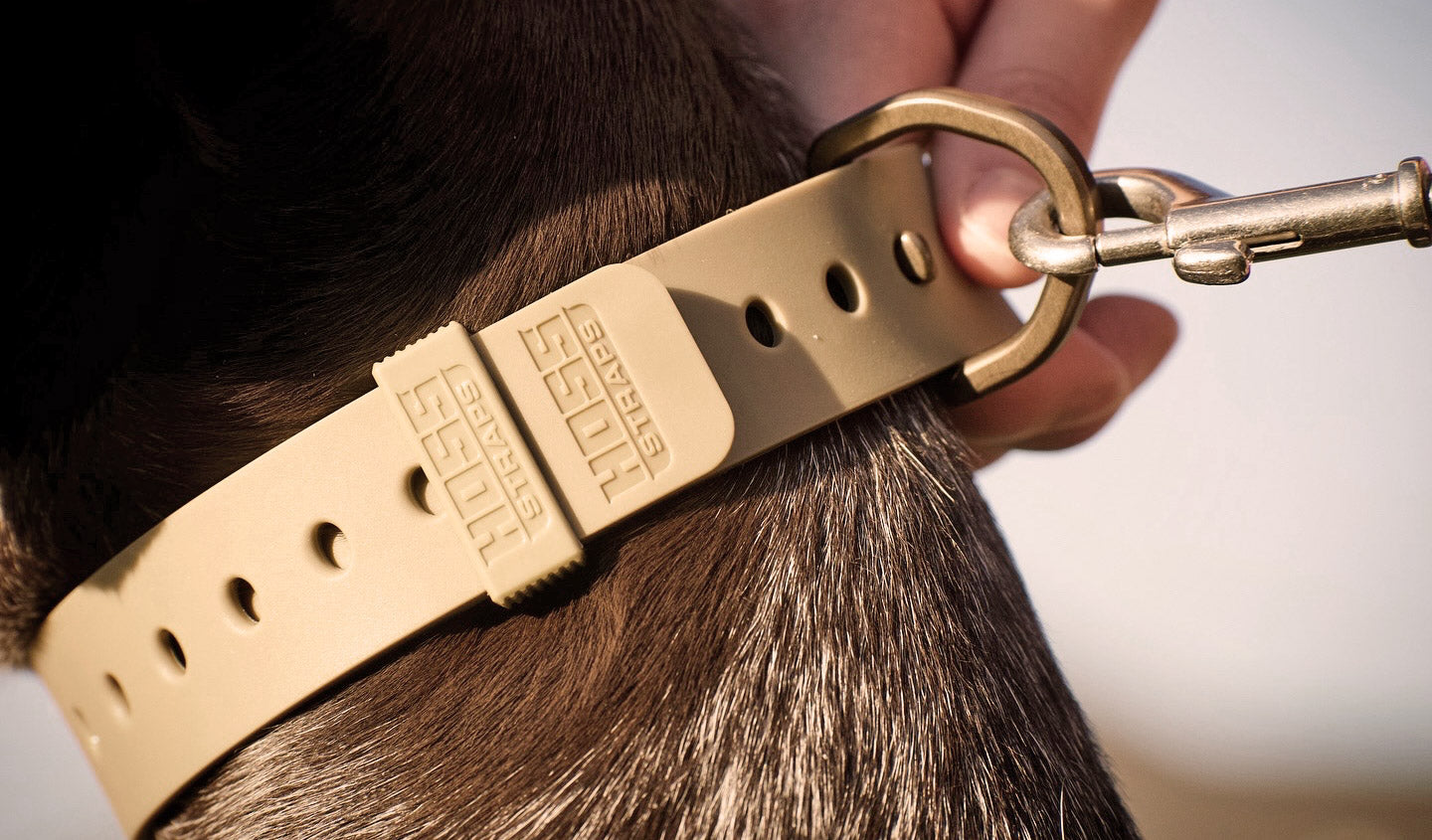When to Use Rubber Tie-Down Straps: Pros, Cons, and Best Practices

Check out our marine grade straps, weatherproof straps, boat straps, bungee cords, marine straps and more!
Rubber tie-down straps are the rugged workhorses of the outdoors, DIY, and small business world. Whether you’re heading out on an adventure, securing gear for long-haul transport, or keeping your next home project on lockdown, these elastic wonders bring convenience and confidence to nearly any scenario. In this guide, we’ll break down when rubber tie-downs are your best bet, how to choose them, their key benefits and drawbacks, and how to use them for maximum reliability.
What Are Rubber Tie-Down Straps?
Rubber tie-down straps are stretchable fasteners—most often made from either EPDM (synthetic) or natural rubber—that secure cargo, tarps, and equipment in place. They feature heavy-duty steel hooks on either end for quick attachment to anchor points. EPDM is prized for its superior weather, UV, and chemical resistance (making it ideal for outdoor and transport applications Enterprise Rubber, 2025). Natural rubber, meanwhile, delivers exceptional stretch and tight grip, maintaining flexibility in cold climates (Everything Tie Down, 2025).
Common uses include:
-
Securing gear to roof racks, ATVs, kayaks, trailers, or bike carriers.
-
Bundling camping equipment or outdoor furniture.
-
Fastening tarps over boats, grills, woodpiles, or landscaping supplies.
-
Quick fixes for home improvement or hauling.

Advantages of Rubber Tie-Down Straps
Durability and Weather Resistance
EPDM rubber tie-downs are engineered to thrive where others fail—handling extreme heat, biting cold, direct sunlight, and harsh chemicals with ease. This resilience makes them a top pick for year-round outdoor use. Natural rubber straps, while slightly less UV resistant, deliver maximum elasticity and grip strength—even when the temperature drops.
Versatility for Outdoor and DIY Applications
These straps shine when you need a flexible solution for odd-shaped loads—think lashing a cooler onto a kayak, keeping tools bundled in the back of a work truck, or quickly fastening a tarp before a storm.
Easy Handling and Adjustability
Unlike rigid ratchet straps or static ropes, rubber tie-downs are lightning fast to deploy and adjust. Their stretch allows you to snugly secure loads of varying sizes with minimal fuss.
Downsides and Limitations to Note
Strength vs. Rigidity
For jobs demanding zero shift—like securing large, heavy machinery for road transport—ratchet straps provide more consistent pressure and won’t “give” if jolted. Rubber straps do stretch, which can allow some movement in high-impact, heavy-load scenarios.
Wear Factors and Replacement
Rubber tie-down straps, especially natural rubber types, can degrade over time when exposed to sharp corners, over-stretching, or persistent abrasion. Routine inspection is essential: swap out straps showing cracks, brittleness, or excessive wear.
How to Choose the Right Rubber Tie-Down Strap
Application-Based Selection
Consider:
-
Length: Ensure it’s long enough to stretch across and around your cargo, but not so long it loses useful tension.
-
Thickness: Thicker straps provide greater strength but may reduce flexibility.
-
Hook Type: Strong steel hooks are ideal for repeated use and heavy duty.
-
Material: EPDM for harsh outdoor exposure; natural rubber for superior strength and cold climates.
Inspection Checklist Before Use
-
Look for visible cracks, cuts, or signs of brittleness.
-
Check steel hooks for bending, rust, or damage.
-
Ensure the strap “snaps back” when stretched, indicating good elasticity.

Best Practices for Safe and Effective Use
Securing Cargo and Loads
-
Anchor smart: Attach to solid structural points that won’t shift.
-
Avoid sharp bends: Use padding on sharp edges to prevent strap damage.
-
Don’t over-stretch: Excessive tension weakens straps and can reduce life expectancy.
-
Double up for heavy loads: Use multiple straps for added safety when in doubt.
Storage and Maintenance Tips
-
Store in a dry, cool location away from sunlight.
-
Avoid contact with oils or solvents that can weaken rubber.
-
Rinse off mud or chemicals after use and allow to dry before storing.
Frequently Asked Questions
1. What’s the main difference between natural rubber and EPDM tie-down straps?
Natural rubber offers superior elasticity and grip, making it ideal for heavy-duty and cold-weather use, while EPDM provides top-tier weather, UV, and chemical resistance for outdoor, sun-exposed settings.
2. How often should I replace my rubber tie-down straps?
You should replace them immediately if you see cracks, brittleness, or fraying, and always inspect before use. Under normal conditions, high-quality straps may last several years when stored correctly.
3. Are rubber tie-down straps safe for securing loads on highways?
Rubber straps are great for lighter loads and quick jobs, but for heavy or high-speed transport, pair them with ratchet straps which provide superior rigidity and compliance with transportation laws.
4. Can I use rubber tie-downs for marine applications?
EPDM straps handle exposure to water, sun, and salt very well, making them suitable for marine use (like securing tarps on boats or dock gear).
5. What’s the best way to maximize the lifespan of my straps?
Clean and dry straps after use, avoid leaving them stretched when stored, and keep them away from harsh chemicals or constant sunlight whenever possible.
Ready to secure your gear with confidence? Visit Hoss Straps Collections today and explore our wide range of straps, designed for safety, reliability, and peace of mind on every adventure!




